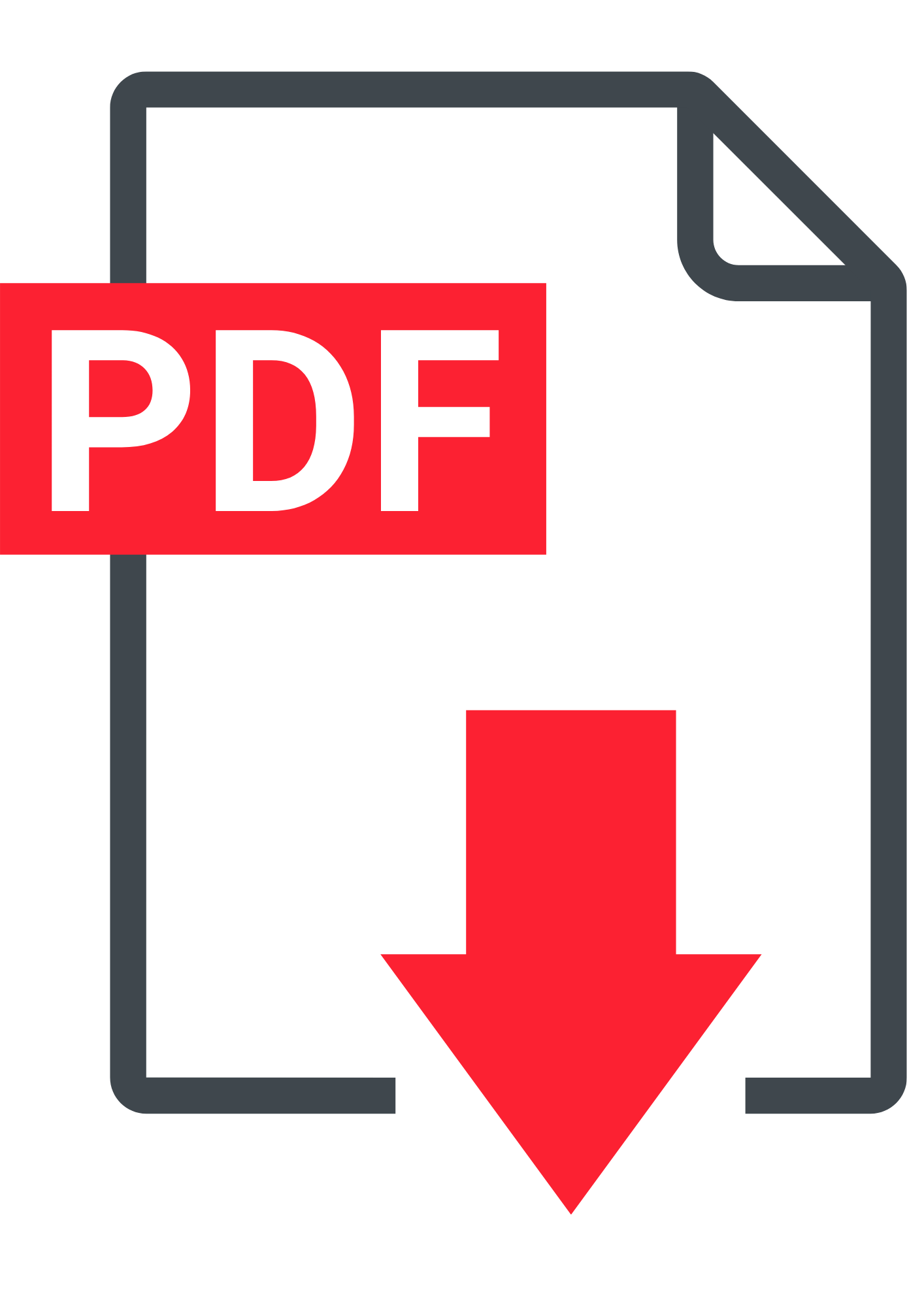On Monday of this week, the legislation creating the National Anti-Corruption Commission came into effect – just in time for Tuesday’s extraordinary financial settlement between Brittany Higgins and the federal government.
It is difficult to see how the Higgins settlement complies with the longstanding rules governing the way the federal government is supposed to deal with monetary claims.
It is also difficult to see how those responsible for this settlement could not perceive that outlaying taxpayers’ money in breach of those rules might trigger the interest of regulators – including the National Anti-Corruption Commission.
Handing out public money in breach of the rules fits the definition of a financial scandal.
It might also come within the definition of corruption that has just been approved by parliament at the urging of the Attorney-General, Mark Dreyfus.
The rules governing financial settlements and claims against the government are outlined in the Legal Services Directions. (See Commentary on the Model Litigant rules) But because they are unenforceable, any past settlements that did not comply with the rules had few consequences for the officials involved.
But from Monday, the conduct of public officials who settle monetary claims against the government – like all areas of public administration – has been brought within the jurisdiction of the corruption watchdog, the NACC.
And that is where this week’s settlement with Higgins might end up.
The payout was made without a finding of wrongdoing against anyone.
It was also made without the involvement of former Liberal ministers Michaelia Cash and Linda Reynolds, who were accused of wrongdoing by Higgins.
Thanks to a report in The Australian on Thursday, it is now known that the Albanese government threatened to tear up an agreement to pay Reynolds’ legal fees and costs unless she agreed not to attend that mediation.
Just consider that for a moment: a former minister was subjected to financial coercion which prevented her from testing accusations that had been made against her by Higgins.
That was reprehensible. It looks like an attempt to nobble this process so it would unfairly favour Higgins and financially disadvantage the Commonwealth.
The NACC legislation defines corruption as a breach of public trust, abuse of office or any conduct that could adversely affect the honest or impartial exercise of a public official’s powers or duties.
The explanatory memorandum for the bill says corrupt conduct must be capable of adversely affecting the probity of a public official’s conduct and not merely its efficacy.
Persons unknown decided to use their control of public money to ensure the officials running the mediation were presented with an incomplete version of reality that had not been thoroughly tested.
The issue that needs to be resolved is whether this undermined the ability of government officials to discharge their duty under Appendix C of the Legal Services Directions to deal with the Higgins claim in accordance with legal principle and practice.
An example of this requirement, which is outlined in the Legal Services Directions, would be “fully and firmly” acting in the Commonwealth’s financial interest by defending claims brought against the Commonwealth when a defence is properly available.
The same rules state that a settlement based on legal principle and practice “requires the existence of at least a meaningful prospect of liability being established” against the Commonwealth.
What needs to be resolved is whether the exclusion of Reynolds from the mediation left the officials running that process with a misleading impression of the strength of Higgins’ case.
Did the financial coercion against Reynolds adversely affect the ability of those officials to defend the financial interests of the Commonwealth?
These matters can only be decided by an independent investigation – preferably in private. This is necessary because a finding of financial misconduct or the nobbling of the mediation process could be followed by criminal proceedings, which must take priority.
Those involved are entitled to a presumption of innocence – a concept that seems to have eluded some of those in public life.
But as things stand now, it looks like persons unknown decided to nobble the Higgins mediation and make it impossible for the officials running that process to properly discharge their duty to protect the financial interests of the Commonwealth.
That seems to meet the definition of corrupt conduct under section 8 of the NACC Act – in which case the payout to Higgins was the result of a corrupt process and should be repaid.
That, however, is not the only issue that needs to be resolved.
If the payout exceeded $100,000 – and remember, reports revealed she was seeking around $3m – the Legal Services Directions state that the government needed to obtain a legal opinion that the settlement is in accord with legal principle and practice.
So does such an opinion exist? If it does, who wrote it and how did the author conclude – based on facts that were not properly tested – that the Higgins claim had a meaningful prospect of success in a court of law?
If no lawyer was willing to provide such an opinion, the rules have a loophole that would still permit a payout – but only if there had been direct involvement by the Attorney-General.
First there would need to be a declaration that the Higgins mediation involved “exceptional circumstances” and Dreyfus would then need to agree that the normal criteria for settlements should not apply in this particular case.
So somewhere in the bureaucracy there is either a legal opinion by a courageous lawyer who drew upon untested claims, or a document in which Dreyfus states that the normal rules should not apply to Higgins.



